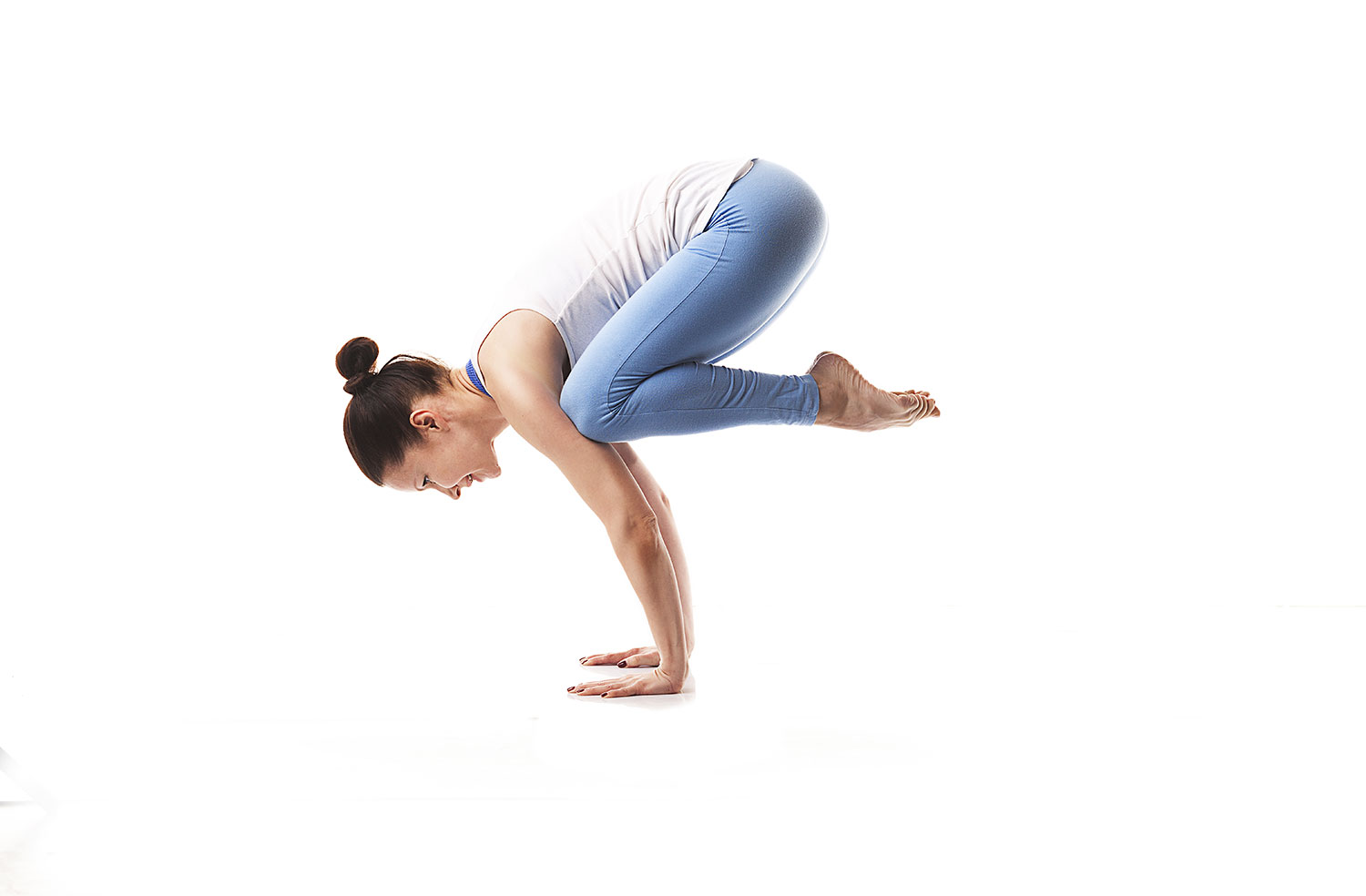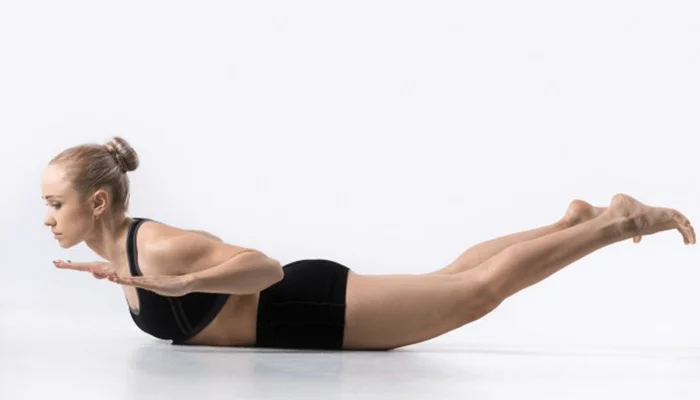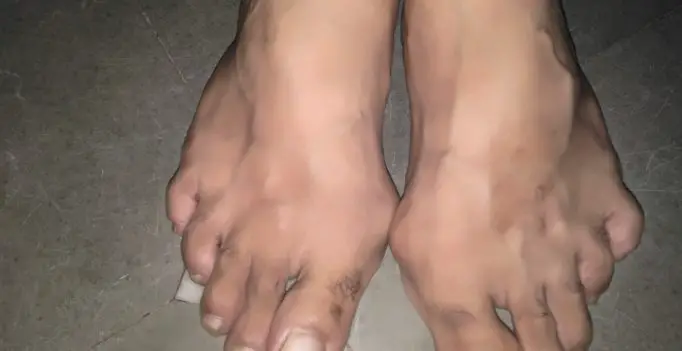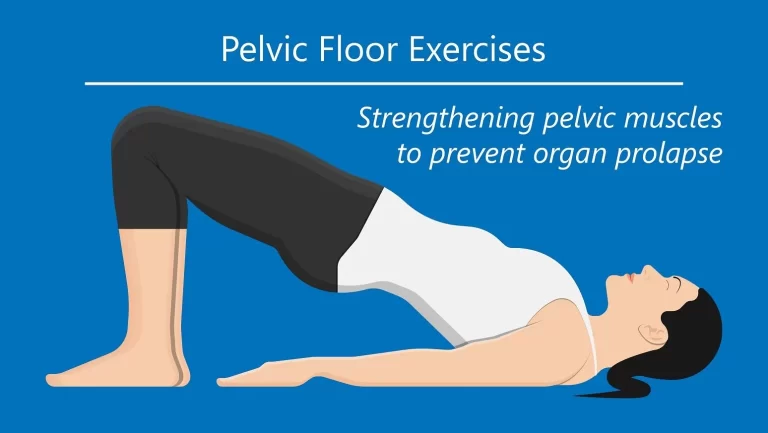Kakasana Yoga: Health Benefits, How to do?
What is Kakasana?
Kakasana- The Crow position obtains its name from a Sanskrit word, Kakasana. Kaka means Crow, Asana means Position or seat or posture. While Crow Position (Kakasana) has the arms angle like that of a crow bird. Kakasana or the Crow Position looks like a crow striking on its food.
It is a good arm-balance position for starters. Kakasana build up the arms, wrists, and shoulders and matures coordination. The balancing position increases the ability to concentrate.
In Hatha Yoga, Crow Position is contemplated in arm balancing a variety of positions and can be observed as an advanced level of yoga position. For someone who is very flexible, it can be observed as an in-between level of yoga position too. This yoga position tests the practitioner’s level of physical strength, mental strength, and emotional strength, therefore this is observed as an important yoga position and a necessary position to master the Hatha yoga positions.
The crow is also said to symbolize the conversion of change, of moving from one phase to another so there’s room for devotional growth and development. Kakasana has observed a base position as kakasana variations can be derived from this position Kakasana helps boost energy in the body.
What are the Health Benefits of Kakasana?
The Crow Position is considered an arm balance yoga position and it is essential a lot of focus apart from the physical strength.The weight of the body is balanced on the arms and the body-weight is at the wrists and elbows. Just as the crow or the crane has a light body for the legs to take the weight, we need to guide that lightness to balance our body on the arms down with proper alignment. The panic of falling on our nose or losing balance and hurting our wrists is most likely to occur if the mind is not ready for these yoga positions (Crow Position). Hence Crow Position improves the awareness of the body and hones the mind-body attachment while “flying in the air”. Crow Position also works on an emotional state by helping us defeat fear and allowing us to accept and accept life with courage.
As much as the position balances the body on the arms and the wrists, it is the core strength that is put to test here. Abdominal muscle strength helps us stay in the Crow position, helps the spine stay strong and fit, and makes sure that the body-weight is uniformly distributed, helps the legs stay strong and motionless, and finally adds that beauty to the position. Crow Position so builds:
- Strengthening tones the organs in the abdominal muscles and hence improves digestion.
- Stretches the pelvic area and upper back and shoulders.
- Arm strength makes the more advance balancing yoga positions easier.
- Core muscles strengthen so serving to tone the abs.
- It improves the sense of balance as it requires enough nervous coordination.
- Strengthens the wrists, and forearms.
- Assist with the digestive process.
- Reduces heartburn and acid reflux.
- Relieve lower back pain.
- It can produce tension and anxiety.
- Erects spine strength and helps gain flexibility.
- Erects physical strength and improves overall flexibility.
- Inspires inner focus and concentration.
- Strengthens the second chakra called the sacral chakra – the ability to be open to new experiences and relations.
- Erects awareness and confidence.
- Inspires relation with your feelings and emotions.
- Improves creativity.
What are the Preparatory poses for Kakasana?
When we talk about mastering Crow Position (Kakasana) the first concept that comes to mind is the arms and the hips. So before going into the position, rapid preparatory work on the arms, core, and the hips are listed in order of section.
- Baddha Konasana (Bound Angle Position)
- Prasarita Balasana (Wide Child’s Position)
- Malasana (Garland Position)
- Adho Mukha Svanasana (Downward Facing Dog Position)
- Plank Position (Phalakasana)
- Cobra Position (Bhujangasana)
- Uttanasana or Padahastasana (Standing Forward Fold Position)
How to Perform Kakasana?
Squat on the floor. Keep both your feet and your knees slightly apart.
Part the hands on the floor and let the palms feel the floor.
Lift the heels and balance yourself on the toes.
Slowly twist forward and carry the weight of the body to the palms.
Lift yourself using the palms. Keep the elbows bent. The two legs are angled and lifted above the ground. Site the two knees outside the upper arm for support. Maintain your balance in this position.
Now the full weight of the body will rest on the palms. The elbows will remain bent.
Retain the breath in the final position. Continue this position for as long as possible. Your combination should be on enduring the balance of the body.
To release the position, return to the original squatting position and breathe normally.
Repeat this as many times as you are complacent.
How to do Kakasana by Watching a Video?
What are Follow up poses for Kakasana?
- Paschimottanasana (Seated Forward Bend Position)
- Savasana (Corpse Position)
- Lolasana (Pendant Position)
- One Legged Crane Position (Eka Pada Bakasana)
- Peacock Position (Mayurasana)
- Side Crane Position (Parsva Bakasana)
What is the Breath Awareness for Kakasana?
Step by step procedure of movement of the body with breathing is important in yoga exercise. In Crow Position (Kakasana) since a lot of focus is required to take the body up and balance without beginning injury, breathing becomes a necessary element to maintain the position. This is explained under.
- Inspire and bring the body in Malasana (Garland Position) and expire by putting the knees closer to your chest with arms in Namaste.
- Inspire, a region the palms on the ground close to your feet and expire crooking the trunk forward.
- Inspire again taking the knees and setting them on the elbows and expire taking the full body on your toes.
- Inspire and angle the head downward and expire as you lift the full body and bring it to balance on the elbows.
- Inspire again and disconnect the body and as you expire, take the body deeper within the position and begin normal breathing and bring the breath in collaboration with the core and the mind.
- Stay in this yoga position for a while through you are cozy with slow breathing.
- Then, inspire again and as you expire, slowly region the feet down and slowly conduct the back straight and release the elbows and palms away from the ground.
- Conduct the body back into a squat position and slowly sit down and modify the body by stretching the legs out.
- Repeat this exercise after modifying the breath and the muscles.
What are the Beginner’s Tips for Kakasana?
- Warm-up your wrists until you attempt these positions.
- Probationers tend to move into this position by raising their buttocks high away from their heels. Rather, try to keep yourself pushing tight, with your heels and buttocks immediate together.
- When you are ready to take your feet off the ground, tuck your upper arms against your shins and draw your inner pelvic girdle into your pelvis to help you with the raise.
- Core strength helps. It might seem as though Crow essential tremendous arm strength, but most of the work comes from your abdominals. As your abs extend stronger, you can rest less weight on the backs of your arms.
- Don’t rush the position or quickly move forward expecting to find balance. Move slowly, detecting your balance at every point. Burning your arms within your knees and knees within your arms will help you feel stable and strong.
- If your elbows branch out or your shoulders immerse, exercise moving from Plank to Chaturanga Dandasana (Four-Limbed Staff Position), safekeeping the elbows in and shoulders back away from your ears. This will strengthen the upper body and compose you for Crow.
- Fear of falling can be a big hindrance to getting within Crow. It can help to put a folded blanket, bolster or cushion on the floor below your head, while you are learning this position.
What are the Modifications and Variations in Kakasana?
Mastering the Crow position takes time. It’s important not to become overloaded and defeated as you practice the posture. There are some moderations that you can try to make the position simple for you.
As well, once you can exercise Kakasana and feel confident about your advance, you can alter to make the position even more challenging by affecting Bakasana with the arms straightened. Here are some of the ways that you can alter Crow’s position:
- Blanket: Use a blanket by placing it under your face or forehead to avoid injury.
- Blocks: Use blocks under your feet to give you support and gently gain confidence to go into the position deeper.
- Blanket or Blocks below your palms: Use a blanket or blocks below your palms to avoid direct stress to the wrist muscles and to give the belief in power and strength.
- Lift only one leg: Lifting and practicing with one leg raised for a few aims and then delivering and lifting and practicing with the another leg to slowly obtain confidence with the arm strength and balance the body.
- Below are some common variations of the yoga position Kakasana with a base position as Crow Position (Kakasana).
What are the Precautions and Contraindications for the Kakasana?
Care should be taken when practicing the Crow position. Avoid the position if you have any of the following conditions:
- Don’t try to jump your feet off the ground
- Pregnancy
- Heart problems
- Carpal tunnel syndrome
- Recent shoulder or wrist injuries or surgeries
- Cerebral thrombosis
Here are a few things to keep in mind while doing the kakasana Yoga:
- Those with high blood pressure should not do this position as the pressure on the chest can contract the arteries and increase the blood pressure further.
- Those aching from cerebral thrombosis should avoid this asana.
- Don’t aim Kaksana, if you have any injury to the arms, wrist, or shoulders.
- Not to be done by someone aching from a hip injury.
- Not to be done by someone owning carpal tunnel syndrome.
- Not to be done by someone who is aching from anxiety problems as Crow Position (Kakasana) essentials a lot of focus and inner strength.
- Not to be done by someone possessing problems with migraine, as in Crow Position the head is balanced in the air and it could lead to weightiness in the head.
- To be kept away from pregnant women because of the possibility of falling and expanded pressure in the abdominal area.
- Not to be done during the menstrual cycle if the bleeding is dense as there is some strain on the pelvic muscles while stocking the position.
- Not to be done by someone who has feeble wrists or inflammation in the wrists.
What are the Common Mistakes in Kakasana?
- You are Not balancing Your Shoulder Girdle
- Your Hips Are Too little
- You are Not Squeezing Inward
- You are Jumping
- You are Not Rounding Your Back








One Comment